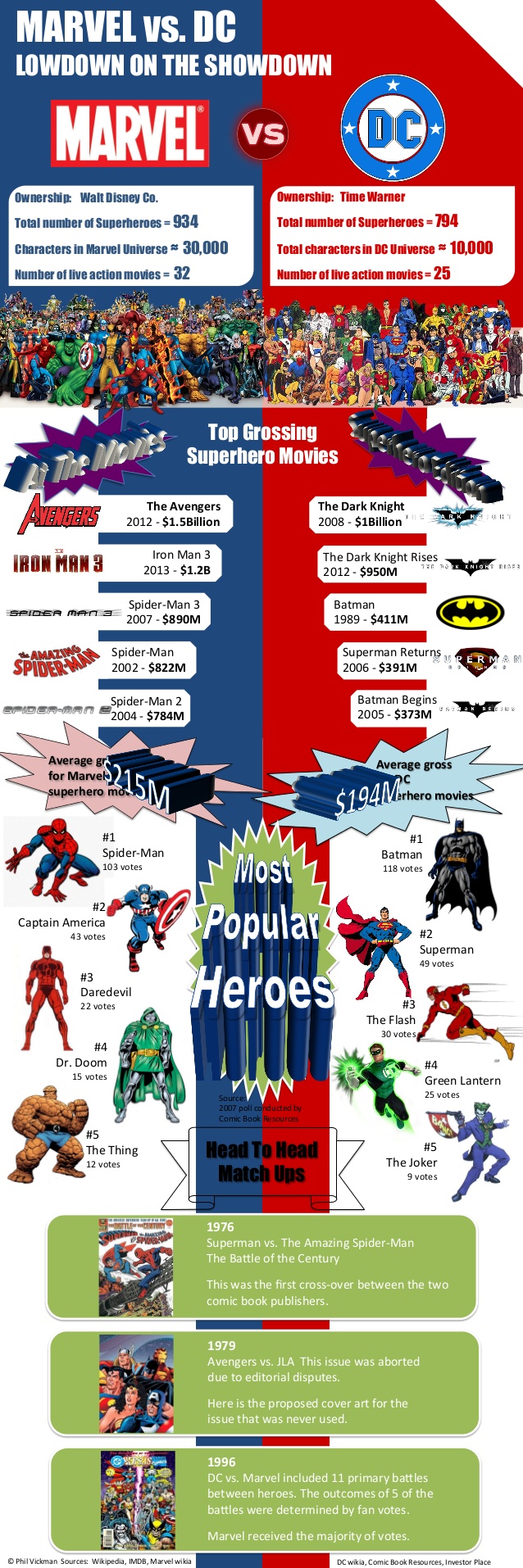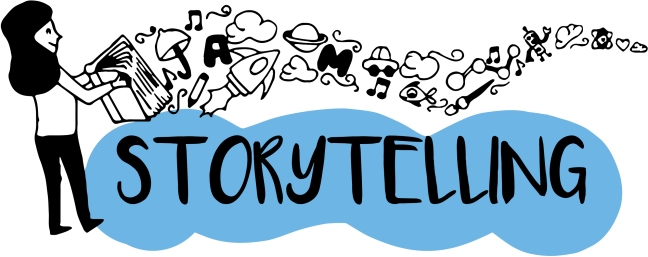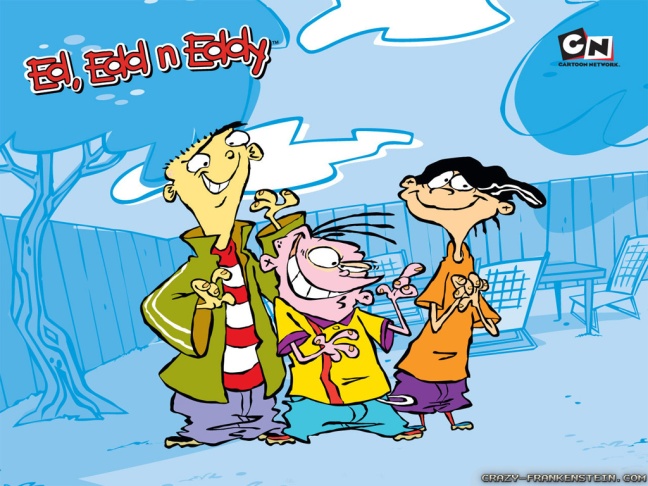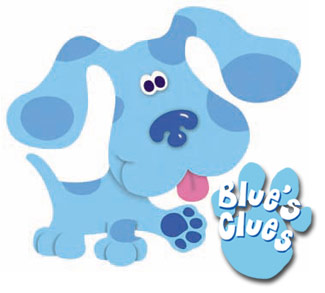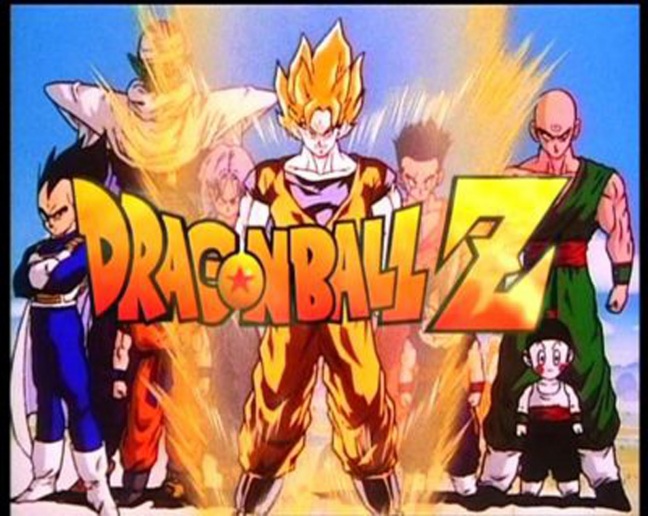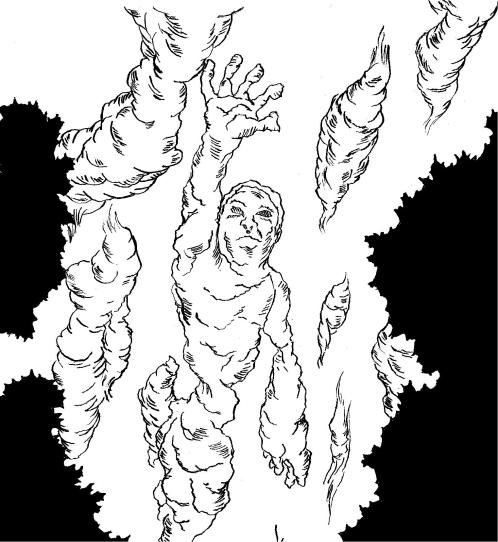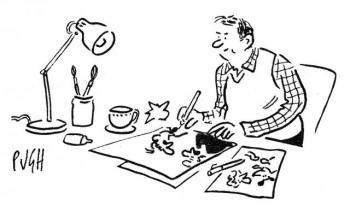
I like to start off this discussion with an apology. For the past few months I’ve been hard pressed on what topic I could discuss as I have been more busy creating digital content for my other social network pages. I think after an extended absence of blogging, a topic about how I got into illustrating and cartooning and why I love creating art to this day should be interesting for those who might find it to be inspiring. I also would like to share a few tips on how to build a social presence online as an artist who is just starting out in his or her career as well as using platforms to show off your artwork.
Background
From the time I was about five or so, the single most memorable thing I did growing up was watching cartoons every time I visited my grandmother’s house while my parents went to work during the day. I grew in a time where cartoons virtually ruled the media of children’s television. The main network I was known for watching was PBS, Nickelodeon (Nick Jr. in the mornings), and Cartoon Network. There were also Saturday cartoons specials I’ve watched during that time, Kids WB-4kids (Channel 11) in the mornings and Toonami at night on Cartoon Network. There was one time while watching an episode Blue’s Clues on Nick Jr. one day, I’ve decided to get a pencil or crayon and a few sheets of scrap paper and started drawing as Steve, one of the main characters of the show often using his Handy Dandy Notebook to draw out the clues marked by a paw print of his pet dog, Blue. Since then, I would find any surface to randomly draw anything from construction paper to table cloths! My passion for drawing only escalated as I drew characters based off of Saturday cartoons (Dragon Ball, Samurai Jack, Transformers, etc.) Cartoons like those forever shaped my love for cartooning and my skills as an artist had only improved tremendously over the past 17 years, and I only continue to get better!
My Presence On Social Media
During my time in college, where I went to receive my associates’ in Digital Media, college really opened a lot of doors of opportunity for me to not only improve on my artistic talents, but to build an online presence in the World Wide Web. Since many of my generation thrives on social media on a daily basis, even those seeking professional careers, it made sense to me to use social media to help with starting my career as an illustrator. During my third semester for associates’, I’ve created my own art brand, W.P. Showcase (Walker Philip’s Showcase), as a starting point towards my career on Facebook. From there, I have been creating my own content from traditional to digital artwork featuring myself in different scenes and imagery while improving my skills as an artist ever since.
Of course, things hasn’t always been the same as of recently. My page has been primarily about building on my own career and name as an artist. However, as of late, I thought to myself that I may be like most young artists of today, having limitless talent but no sense of direction nor anything to share with others who only just want to get in the same business I wanted to get into all this time and are looking for help. That was when I’ve decided to change things up about my initial goal for my social page.
Get Your Name Out There!
For starters, creating an account online is pretty much essential to obtain recognition. To me, Facebook, Instagram, Twitter are among my recommendations, including DeviantArt. Using these platforms, you can upload pictures of your artworks and photos taking by your camera or phone (if you’re into photography) and enable sharing and commenting for others to give feedback. Always appreciate their complements and understand ways of improving your craft.
Secondly, #TagEVERYTHING! this will increase the changes of your art content showing up during search results that may direct people to your page and gain new followers. It’s a small detail, but an effective way to attract people to like your content online.
Third, always remain consistent. Aim to post new content at least two to five times a day. People will admire you if you continue to provide what attracts them. Keep in mind that you don’t always have to think of new ideas to create art to post. Share other content you find on social media that can be useful for people to discover and take action. Doing this will get people to credit you for sharing useful information.
Finally, be actively social. Find groups on social media, follow them, and talk with other users. Once you get acquainted, you can talk to them about your social page and encourage to take a look, thus gaining more followers for your own. It’s okay to freely express your passion for art as long as you carry yourself professionally and not ignorant in a way that most people would consider you as “trolling.”
That concludes my topic. These are just the basics on starting out in the realm of digital media as an artist and those are methods I use for my own page as well. Speaking of which, be sure to like me on Facebook and Instagram, and stay tuned for more updates and other discussions I have in mind to share.
Thanks for reading and please share your thoughts about the topic in the comments!
Also, check out these articles below of about building social presence as an artist. I guarantee you they’re a good read if you have the time.
https://design.tutsplus.com/articles/10-easy-social-media-tips-for-the-struggling-artist–cms-24209
http://artbistro.monster.com/education/articles/9687-5-ways-to-improve-your-online-art-presence
https://heroic.academy/artists-guide-getting-more-fans-social-media/



